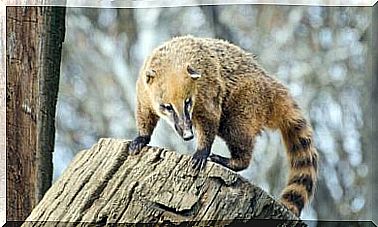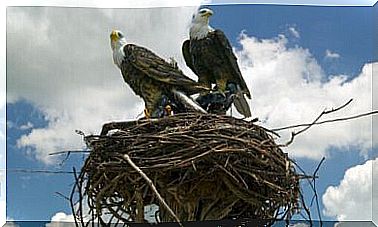The 5 Most Poisonous Spiders In The World
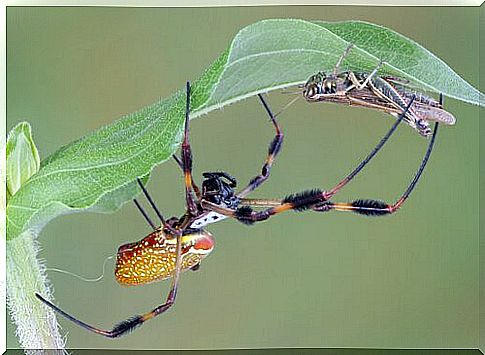
Do you know the most poisonous spiders? Many people fear arachnids for their intimidating appearance, which causes repulsion and fear at first sight. However, some species are completely harmless. In this article, however, we will not talk about them, quite the contrary. We will guide you to discover the most poisonous spiders that exist. In this way, you will be able to recognize them and thus avoid possible contact, which could have even lethal consequences.
What are the most poisonous spiders?
It is said that the most poisonous spiders are often the ugliest or the largest ones, but that’s not true. Some may even be very small.
And as for their “charm”, it will certainly depend on the tastes of each individual person. What we can tell you with certainty, without errors, is that all these spiders can inoculate a very powerful venom. Are you ready to know the Top 5 of the most poisonous spiders?
1. Banana spider
According to studies, this Phoneutria nigriventer is the most toxic spider in the world.
As if that weren’t enough, it also has an imposing appearance – an adult specimen can be as large as the palm of your hand – and often displays a rather aggressive personality.
As you can see from the photo that opens this article, the banana spider has two large eyes on the front and two smaller ones on the sides. Its body and legs are covered with hair. It lives in the jungle, mainly in Peru and Brazil, especially near banana plantations.
If a person is bitten by this spider, they will notice an almost immediate loss of muscle control and difficulty in breathing. This animal can cause death from asphyxiation in a few hours without proper care.
2. Violin spider
Also called “Chilean hermit spider”, the Loxosceles laeta loves to hide in places that are difficult to access. It is native to South America and is considered the most dangerous of the “hermit” genus because its bite can cause death. The venom it injects is 15 times more toxic than that of a cobra.
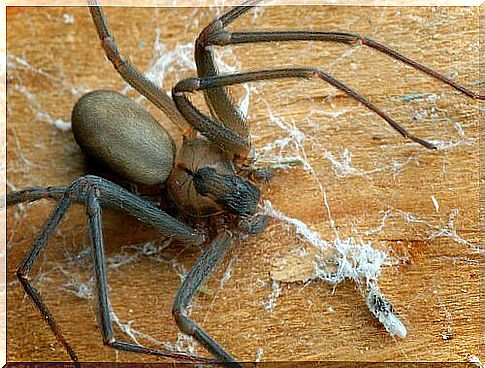
The violin spider measures about 30 mm with its legs fully extended, it is brown with a black line on the chest, reminiscent of the musical instrument from which it takes its name. It has nocturnal habits and usually increases its activities in hot weather.
3. Black Widow
Another of the most poisonous spiders in the world and certainly among the most famous. Since many characters from films, cartoons and bands have used his name.
It was called a black widow ( Latrodectus mactans ) because the female devours the male after breeding. A bit like what happens with the praying mantis.

While not lethal to humans, its bite can be very damaging due to this arachnid’s size. Its poisonous glands are quite large compared to the rest of the body. Furthermore, a female’s bite is three times stronger than a male’s.
4. Tunnel spider
This spider native to Sydney, Australia, large (about seven centimeters for females and five males), is also very dangerous because it has large bags of poison ready to use in case of need.
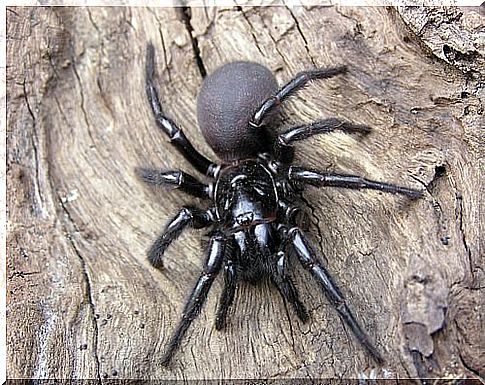
The body of the Atrax robustus is black with shiny, hair-covered legs, with very evident fangs and claws. It usually lives under rocks and rotten wood, so we’re talking about damp, dark places. It can kill babies with its bite and, in this case, the male is more deadly than the female.
5. Wolf spider
The last of the more poisonous spiders that we have presented to you on this list is known as Lycosidae Sundevall .
Although it is among the most dangerous, it usually does not attack first and prefers to flee from danger. Cases of wolf spider bites arise from particular situations.
Like when the animal gets trapped in a glove or shoe. In severe cases, it can cause localized muscle necrosis.
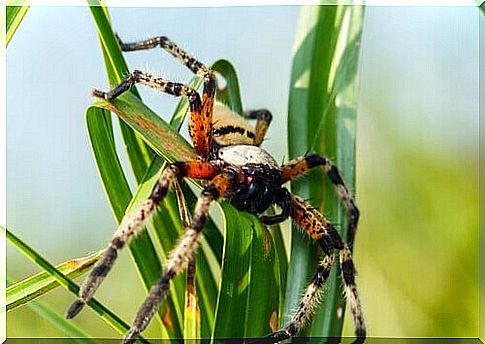
The wolf spider inhabits the temperate and warm regions of South America, especially Brazil. It has eight eyes in three rows, long, thorny legs that are black in color and with red or yellow spots. Measuring about 30 millimeters, it feeds on beetles, moths and crickets, and is basically nocturnal.
